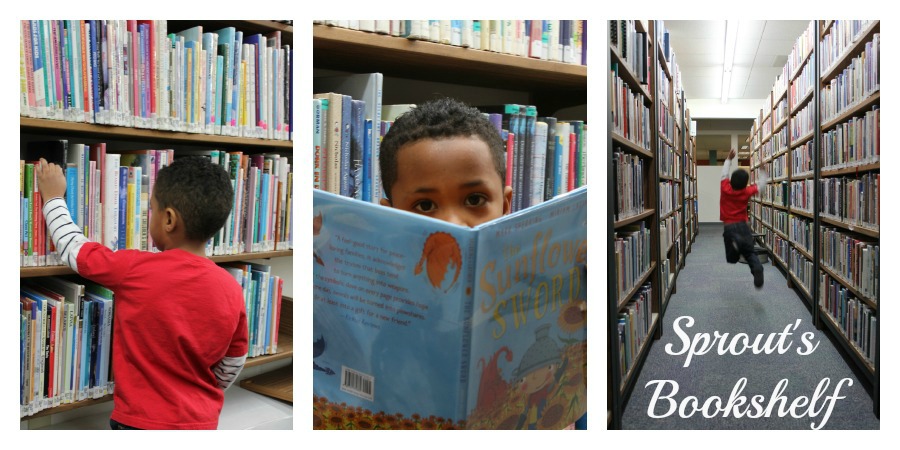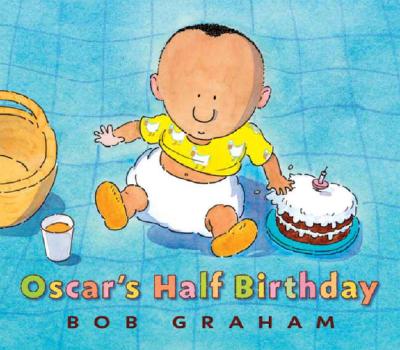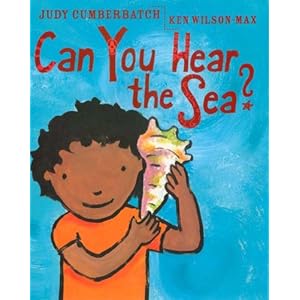If there's one thing that unites us as people, all around the globe, it's story. Stories tell us not only where we've been, but where we're going and what we hold dear. When you study the storytelling traditions of a particular culture, you learn something about the unique perspective of its people, not to mention its history. For centuries stories were passed down in the oral tradition, and as that happened the tales themselves deepened and changed, becoming particular creations of the teller and inspiring others to put their individual spin on the tale. As cultural values changed, so stories changed with them, blossoming into what we today consider folklore.
Or, as the author Rafe Martin put it:
Folklore maps the territory, shows us the roads before us, and sets us free to walk the roads we choose-after allowing us to experience each road for ourselves. For, in stories, folk stories, all the characters are so universal as to be not individual characters as in fiction, but more generally recognizable aspects of our own psyches; characters common to all.
And with only a quick study of folklore, it becomes readily apparent how universal those characters and themes truly are. From fables to myths, from tall tales to epics, the same themes continue to emerge, across cultures and countries. Sure, the setting may be different from one place to the next, and the values may change, but it's remarkable how much of the essence of the story stays the same.
Take Cinderella, for instance. Most of us grew up with the cotton-candy Disney version, all taffeta and glass slippers. [Disney based their take on the Charles Perrault version, finding it a lot more palatable than the Grimm brothers tale, in which the stepsisters maim themselves in order to fit into the slipper (shudder).] And the moral of the Disney version, naturally, is that Cinderella is rewarded for her goodness by marriage and "happily ever after". Fine, of course, but hardly the end of the story.
What's interesting is that Cinderella stories are not solely a Western European construct, but rather pop up all around the globe, from China to Ireland, Indonesia to Appalachia. Name a culture and you can probably find a Cinderella version for it. And why is this theme so popular? Most likely because we all want to see good rewarded and evil punished. We all want to think that the honest, hardworking person will eventually get her due, and those who made her life miserable will get theirs in the end, too. It may seem simplistic in this modern age, but look at the way folktales are pervading our culture and you can see that there's still plenty of appeal in this familiar theme.
So, on to the title at hand: Mufaro's Beautiful Daughters, a gorgeously wrought Cinderella story by John Steptoe. This version is based on a Cinderella story from Zimbabwe and Steptoe populated his illustrations with scenes representative of the country. The pictures are lush and detailed, capturing perfectly the African nature of this story; ball gowns and pumpkin coaches are replaced with fine linen and festive drummers. In the book, the two sisters Manyara and Nyasha are as different as can be. Though both girls are beautiful, Manyara is concerned with power and position, while Nyasha is kind to all. When the Great King announces that he is seeking a wife, both girls prepare to travel to the city. On the way each encounters a number of individuals, and their responses couldn't be more different; while virtuous Nyasha shares her food with a beggar and gives gifts to an old woman, haughty Manyara rushes on. Once each girl reaches the city, they are surprised to find that the King does not appear in his human form - to Manyara, he is a vicious monster, while Nyasha finds only a small garden snake that she has already befriended, and which soon turns into the King himself.
Of course, the moral here is consistent with that of all Cinderella tales and justice is served: Nyasha, the good sister, triumphs, while Manyara is forced to become a servant in Nyasha's household. But the story stays true to its African roots, keeping the focus on community and the necessity of helping others. Because Manyara is selfish, she does not get the spotlight; instead her sister, who gives freely to others, is rewarded. Rather than the emphasis being on material comforts, Steptoe suggests that a life of worth is one that is lived in service to others. Food for thought, for those of us who grew up with castles and princes and glass slippers, after all.
Sprout's still a little young for Mufaro, though he did enjoy flipping through the pages and browsing the arresting pictures that complement Steptoe's words. I'm looking forward to exploring more folklore with him, including other Cinderella tales, in the years to come - there's so much to learn from these stories, lessons that truly span the globe.
Mufaro's Beautiful Daughters by John Steptoe, published by HarperCollins
Ages 5-9
Source: Library
Sample: "Mufaro knew nothing of how Manyara treated Nyasha. Nyasha was too considerate of her father's feelings to complain, and Manyara was always careful to behave herself when Mufaro was around."
Recommended









